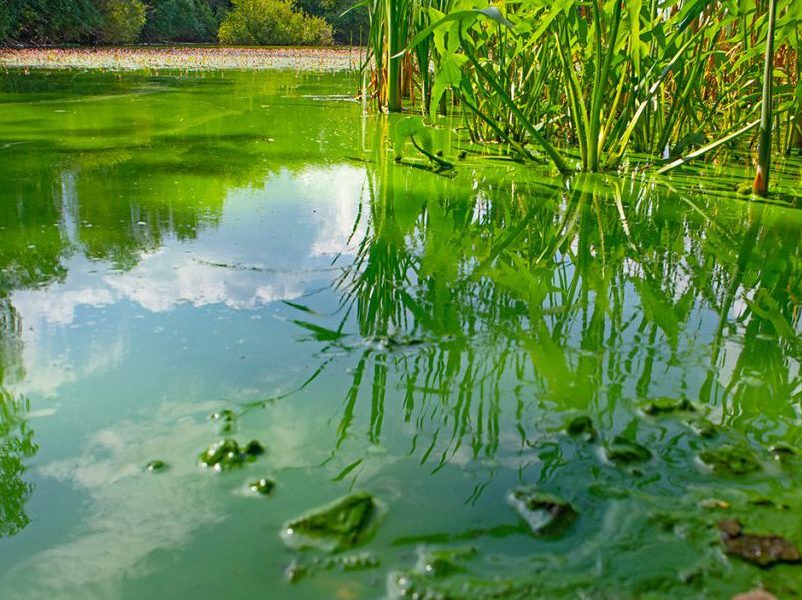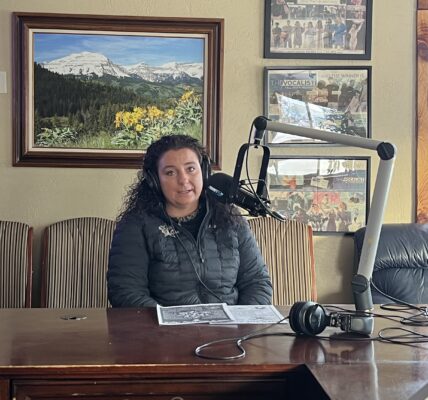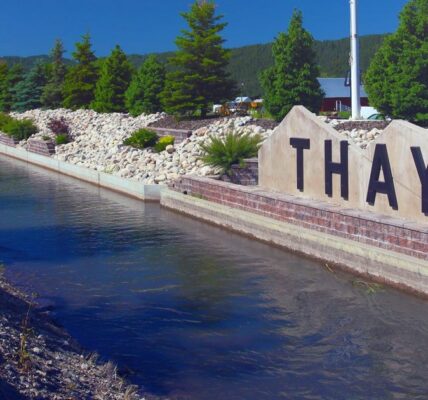
JACKSON (WNE) –- The Shoshone National Forest advises recreationists to be careful at Brooks Lake and certain other lakes in the Wind River Ranger District because of harmful cyanobacterial blooms in the water.
Where blooms are present, people and their dogs should avoid any contact with the water, a forest press release said.
Advisories are in effect for Brooks, Upper Brooks, Upper Jade and Rainbow lakes. Other water bodies are being investigated for possible blooms: Pelham Lake, Scouts Pond, some lakes in the Dunoir area and small lakes off the Burroughs Loop Road, Forest Service Road 510.
“HCBs may be green, brown, or blue green in color and may appear as discolored water, small grass clippings, scum, floating mats or spilled paint,” the forest release said. “HCBs can occur on or in the water, either floating or attached to plants, rocks or other material.”
According to the Wyoming Department of Health, “people or animals that have direct contact with the contaminated water by swimming, breathing in aerosols or swallowing the contaminated water can experience symptoms.”
Symptoms vary depending on the method and length of exposure and the particular toxin involved.
People may experience skin, eye, throat and respiratory irritation. In pets, the symptoms may be more severe: excessive salivation, vomiting, fatigue, staggered walking, difficulty breathing, convulsions, liver failure and death within hours to days of the exposure, the Health Department’s website says.
Its suggested precautionary steps include the following:
• Avoid contact with water in the vicinity of the bloom, especially in areas where cyanobacteria are dense and form scum.
• Do not ingest water from the bloom. Boiling, filtration or other treatments will not remove toxins.
• Rinse fish with clean water and eat only the fillet portion.
• Do not allow pets or livestock to drink water near a bloom, eat bloom material or lick fur after contact. If people, pets or livestock encounter a bloom, rinse the affected area with clean water.





